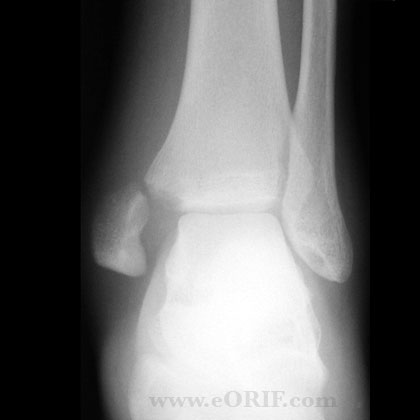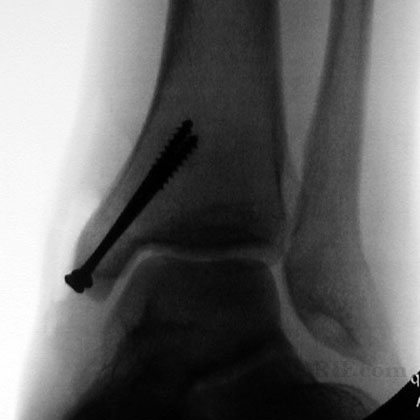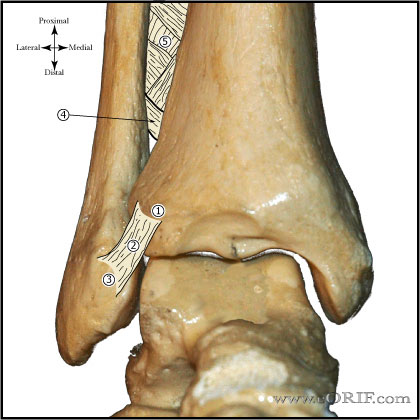|
synonyms: medial malleolus fracture, bimalleolar fracture, trimalleolar Medial Malleolus Fracture Medial Malleolus Fracture ICD-10
A- initial encounter for closed fracture B- initial encounter for open fracture type I or II C- initial encounter for open fracture type IIIA, IIIB, or IIIC D- subsequent encounter for closed fracture with routine healing E- subsequent encounter for open fracture type I or II with routine healing F- subsequent encounter for open fracture type IIIA, IIIB, or IIIC with routine healing G- subsequent encounter for closed fracture with delayed healing H- subsequent encounter for open fracture type I or II with delayed healing J- subsequent encounter for open fracture type IIIA, IIIB, or IIIC with delayed healing K- subsequent encounter for closed fracture with nonunion M- subsequent encounter for open fracture type I or II with nonunion N- subsequent encounter for open fracture type IIIA, IIIB, or IIIC with nonunion P- subsequent encounter for closed fracture with malunion Q- subsequent encounter for open fracture type I or II with malunion R- subsequent encounter for open fracture type IIIA, IIIB, or IIIC with malunion S- sequela Medial Malleolus Fracture ICD-9
Medial Malleolus Fracture Etiology / Epidemiology / Natural History
Medial Malleolus Fracture Anatomy
Medial Malleolus Fracture Clinical Evaluation
Medial Malleolus Fracture Xray
Medial Malleolus Fracture Classification/Treatment
Medial Malleolus Fracture Associated Injuries
Medial Malleolus Fracture Complications
Medial Malleolus Fracture Follow up care
Medial Malleolus Fracture References
|




